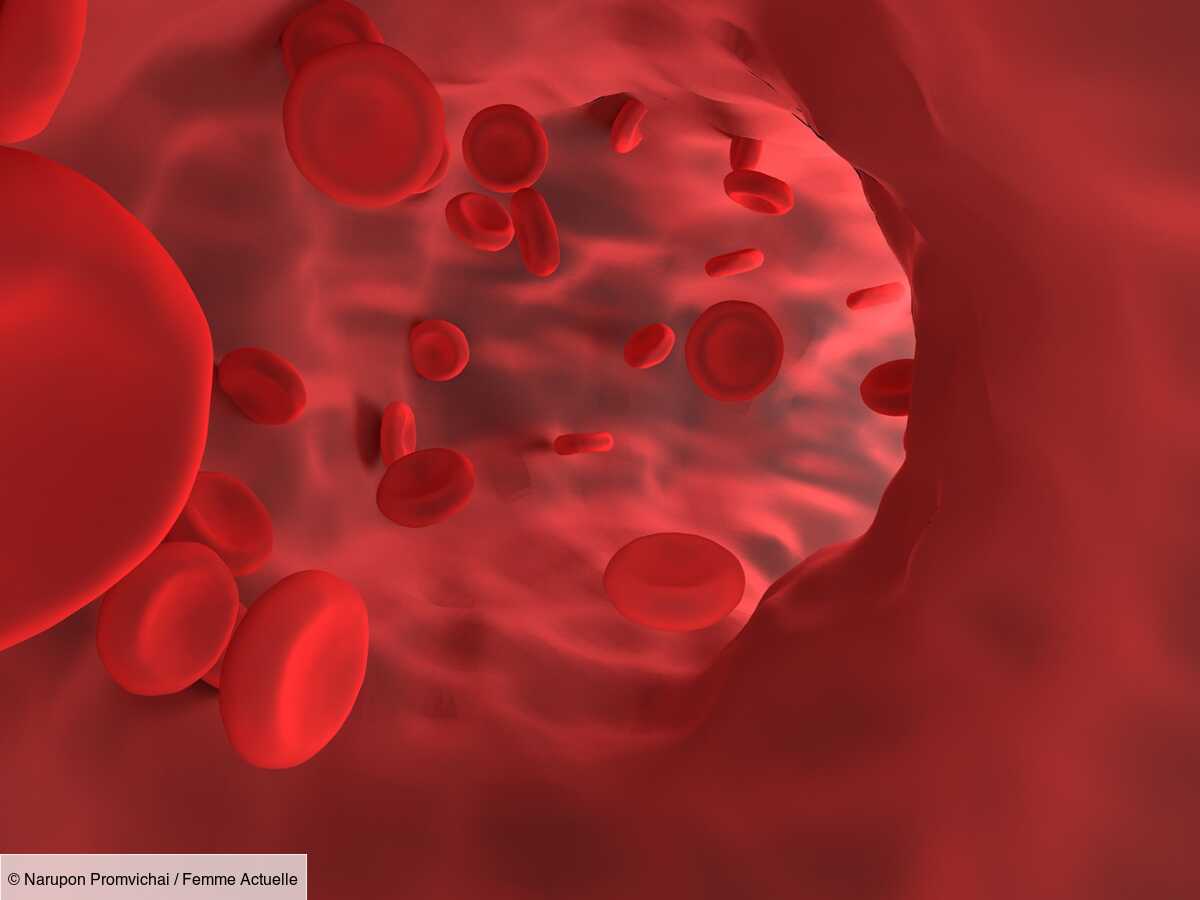Blood disorders, or haemopathies, affect blood cells (red blood cells, white blood cells, platelets) and the organs that produce them. According to the Merck Manual, they can cause symptoms in almost any region of the body, caused by a decrease or increase in blood components. Overview of the main blood diseases, their most frequent manifestations, their diagnosis and their treatments.
Most haematological disorders are characterized by an increase or decrease in red blood cells, white blood cells, or platelets. Some genetic disorders can also lead to abnormalities in the structure of these blood components.
Blood diseases are numerous and of varying severity. For simplicity, they can be classified according to the blood components involved.
Anemia corresponds to the drop in the concentration of hemoglobin, a protein that allows red blood cells to transport oxygen from the lungs to the various tissues of the body.
The polyglobulin is the abnormal increase in hemoglobin and the number of red blood cells in the blood. A distinction is made between primary polycythemia, where the bone marrow is directly at the origin of the excessive production of red blood cells (for example polycythemia vera), and secondary polycythemia, linked to stimuli unrelated to the bone marrow.
Minkowski-Chauffard disease, (…)

